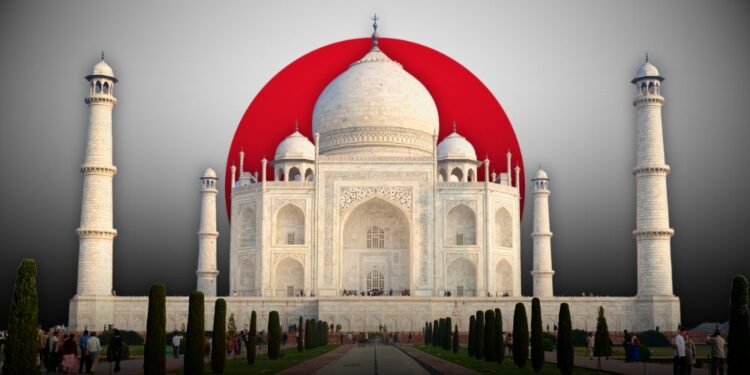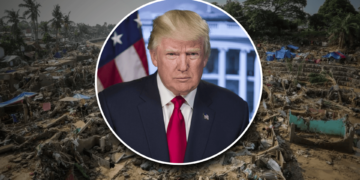India is now the world’s fourth-largest economy by nominal GDP, officially surpassing Japan with a reported output of $4.187 trillion, according to the latest International Monetary Fund (IMF) data.
The announcement was confirmed by NITI Aayog CEO B.V.R. Subrahmanyam, following the think tank’s 10th Governing Council Meeting.
This development positions India just behind Germany, whose economy currently sits at $4.74 trillion. The United States and China still hold the top two spots, with $30.5 trillion and $19.2 trillion respectively.
A shift in Asia’s economic hierarchy
For decades, Japan has been the face of Asia’s post-war economic miracle. But as its economy struggles with demographic challenges and sluggish growth, India’s young population and tech-driven industries have been gaining serious momentum.
In fact, the IMF projects India’s GDP growth at 6.2% for 2025—making it the fastest-growing major economy in the world.
India’s rise isn’t just about crossing a symbolic GDP line. It reflects a shift in where global investment, supply chains, and influence are heading. From fintech to pharmaceuticals, India’s expanding industrial base and digital economy are making it a key player not only in Asia, but globally.
What this could mean for the region
India’s new position in the economic rankings is more than just bragging rights. It could open doors to greater influence in global decision-making bodies like the G7 and G20, and possibly reshape alliances in Asia.
Countries like the Philippines may find opportunities to expand trade, tech collaborations, or even rethink regional partnerships as power dynamics shift.
Subrahmanyam also hinted that if India stays on track, it could overtake Germany within the next two to three years to become the third-largest economy. The IMF backs this outlook, projecting India’s GDP to hit $5.5 trillion by 2028.
While India still faces its share of domestic challenges—rural poverty, income inequality, and infrastructure gaps—its consistent economic momentum is becoming hard to ignore. And with a population that recently overtook China’s, the potential scale of its consumer market and workforce is massive.
As Asia continues to evolve economically, the next few years will likely redefine who leads, who adapts, and who benefits from these shifts. India’s $4-trillion milestone is just one chapter in a much bigger story.












